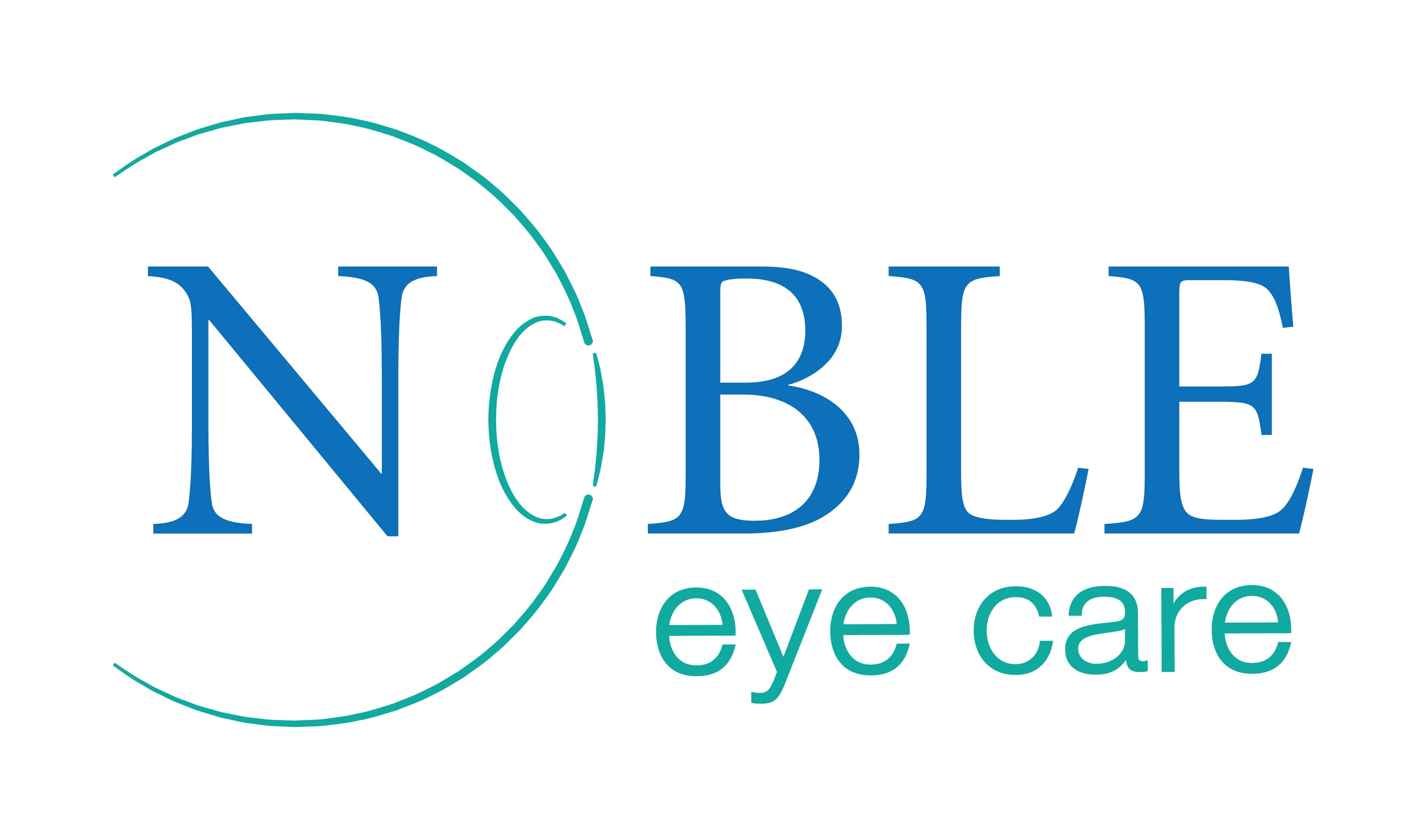What is Pediatric Ophthalmology?
Who are Pediatric Ophthalmologists?
Why is it important to treat eye problems in childhood?
What is the magnitude of Eye problems in Children?
Conditions We Treat
Learn more about some of the many ocular conditions we treat.
![DigvijayProfile[1]](https://drdigvijaysingh.com/wp-content/uploads/2017/11/DigvijayProfile1.jpg)
